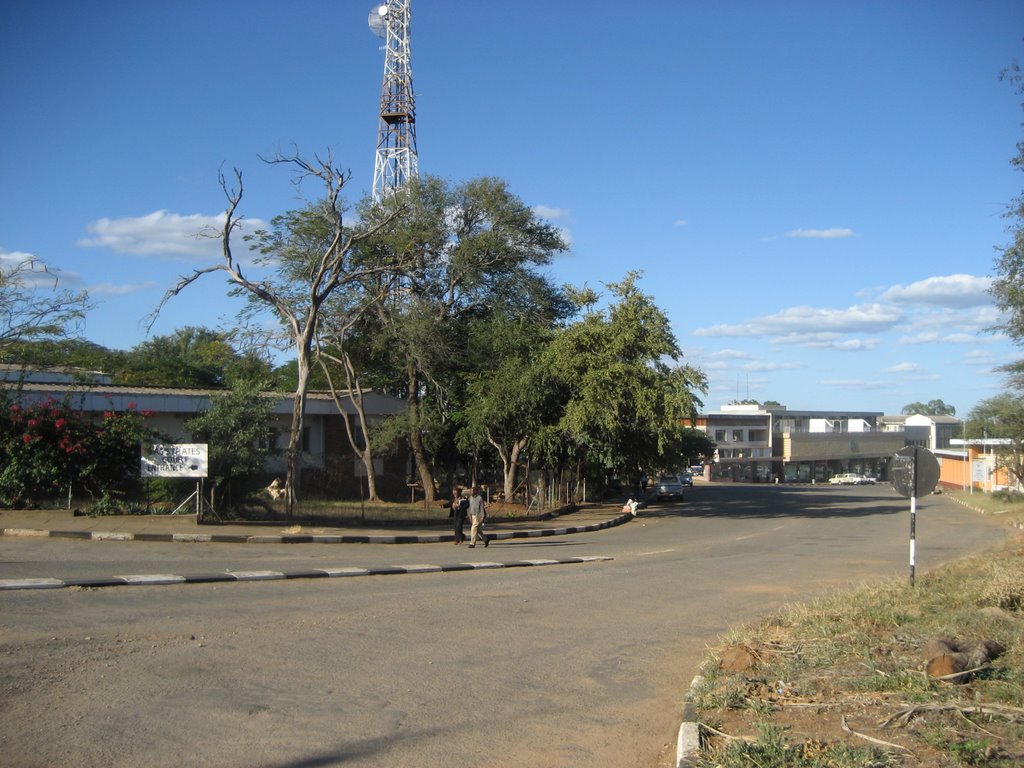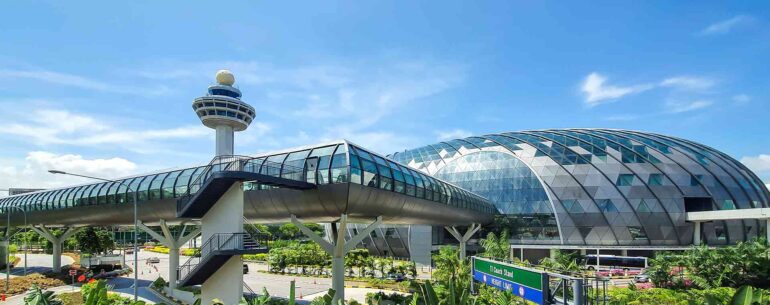
Of the twenty airports located in Zimbabwe, the one receiving the most attention right now, from the aviation authority and the general public alike, is the Buffalo Range Airport. Seeing as it plays the front host to most tourists visiting the country, its development is of prime importance to many stakeholders in the country.
The runway of this airport is more than 1.5 kilometres long and is currently undergoing renovation so that it can accommodate planes as big as the B737 aircraft. Operating 12 hours a day, the airport offers immigration and customs control, air traffic services and refuelling and parking facilities for jets. The passenger terminal can accommodate 80 people and is also going through a restoration phase in which the capacity will be increased to more than a hundred.
Located in Chiredzi city in the Masvingo Province, the airport is peripheral to the tourism industry of the country as it opens the gates to the Transfrontier National Park, a park which is stretched across three countries. Also, it is the major airport linking Zimbabwe to South Africa and Mozambique. These geographical exclusivities have deemed it one of the most important elements for the tourism and aviation authorities.
- Epic Holiday Destinations to Celebrate Christmas, 2015
- Nine Best Food Stops in Cape Town
- Eight Exclusive Sunny Retreats for Winters
- 10 Classy Celebrity Spotting Hotels In The World
- Historical Restaurants & Inns from across the Globe
- Host Venues for 2015 Cricket World Cup in New Zealand
Due to its current condition, the Buffalo airport’s management and the country’s aviation body have been subject to immense criticism. Zimbabwe’s Aviation Industry has guaranteed continuous improvements to upgrade the status of the airport to a greater level.
However, this is not the only predicament the aviation industry finds itself in. It currently holds a 29% customer satisfaction index which is it’s all-time low and is also way below the average level of 68% for average aviation authorities around the world. Management, financial and employment issues have gripped the country’s aviation body. Due to financial constraints, the number of employees has been drastically cut down, and from 1206 active pilots flying 380 aeroplanes in 1988, the industry is now down to 167 pilots flying 65 planes.
Quite a few planes have been brought to fault due to security or equipment issues. On numerous occasions, planes have collided with warthogs resulting in serious wrecks. Runway lights also don’t work half the time in bad weather, resulting in landing deadlocks. Also, passengers frequently reprimand the broken conveyor belts and malfunctions in check-in systems as well as notification panels.


Leave a Reply
You must be logged in to post a comment.